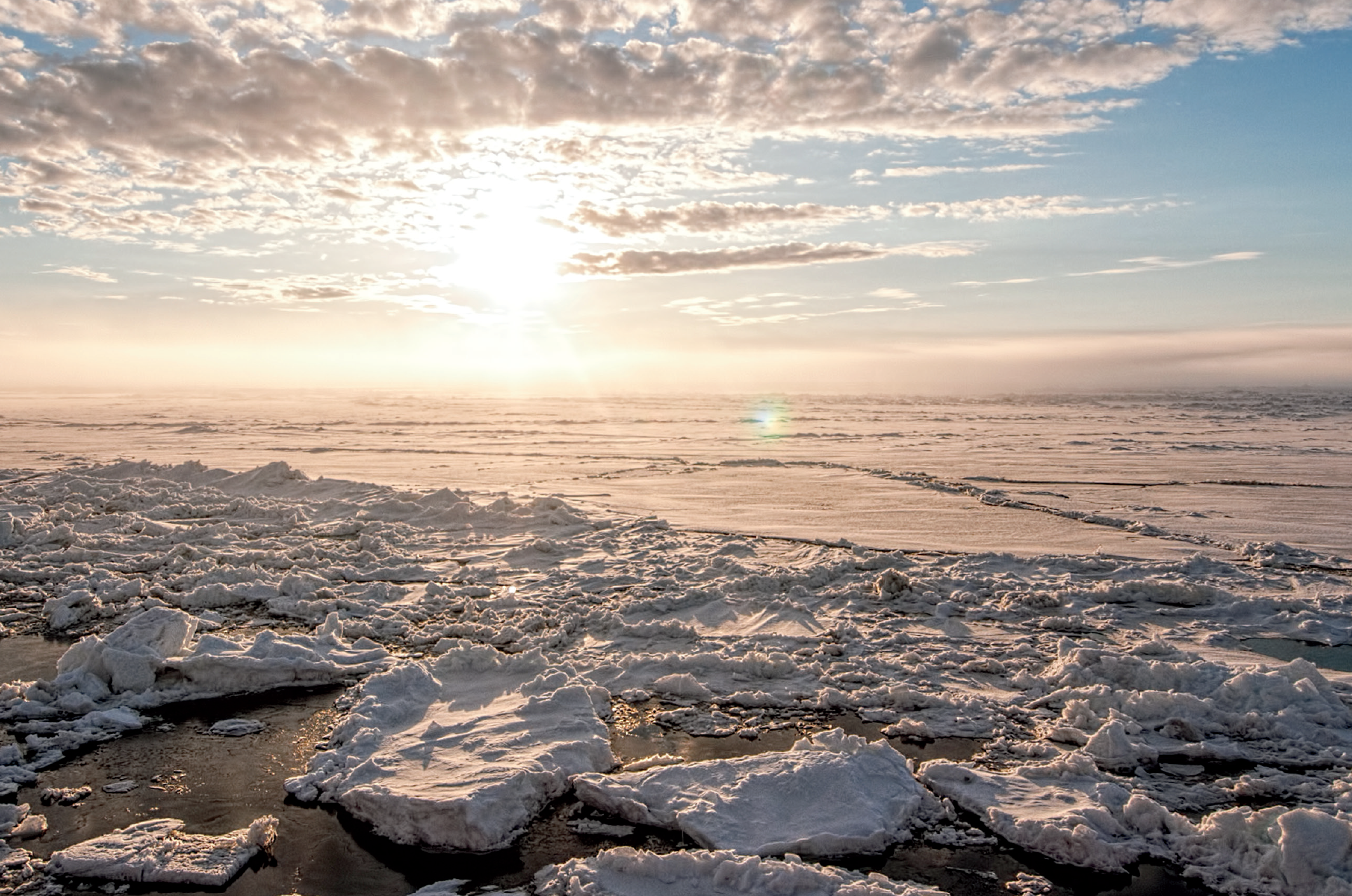Understanding change, drivers, trends, uncertainties: Marine ecosystem productivity in the Eastern Canadian Arctic

Date de publication
2018Mots clés
NunavutFoxe BassinHudson StraitHudson BayProductivityMarine ecosystemAcidificationCe document devrait être cité de la manière suivante:
Tremblay, J.-É., Bélanger, S., Gosselin, M., Gratton, Y., Archambault, P., and Dumont, D. 2018. Marine Ecosystem Productivity. In Bell, T. and T. Brown (eds.) From Science to Policy in the Eastern Canadian Arctic: An Integrated Regional Impact Study of climate change and modernization. ArcticNet Inc., Quebec City, Canada.
Résumé
The marine ecosystem of the Eastern Canadian Arctic is shaped by a combination of remote and regional processes that affect freshwater loading, nutrient supply and ratios, acidification, and ice dynamics. Remote drivers include the inflow of waters from the Pacific Ocean and rivers, as well as their transformations in transit toward eastern Baffin Bay. These waters are relatively fresh, acidic and nutrient-poor with respect to the Atlantic waters entering the Bay through the West Greenland Current. Changes in the physical/chemical properties and sea-ice conditions of these waters and their relative proportions condition the productivity of harvestable resources. In the East, where waters are strongly stratified and highly acidic, this productivity is presently low compared to western Baffin Bay. In the future, warming and the melting of glaciers/icebergs and sea ice are likely to further increase vertical stratification and oppose the increase in productivity that should occur under reduced-ice conditions, where more light is available to phytoplankton. Current hotspots of marine productivity and harvestable resources (e.g., northern shrimp, Greenland halibut) are found where regional oceanographic processes (e.g., mixing and upwelling) facilitate the upward renewal of nutrients under ice-free conditions. The productivity and location of these hotspots will possibly shift in response to the changing climate. While marine productivity in the Eastern Canadian Arctic is very low when compared to productive areas of the World’s Oceans, commercial landings are also limited by a combination of socio-economic factors.